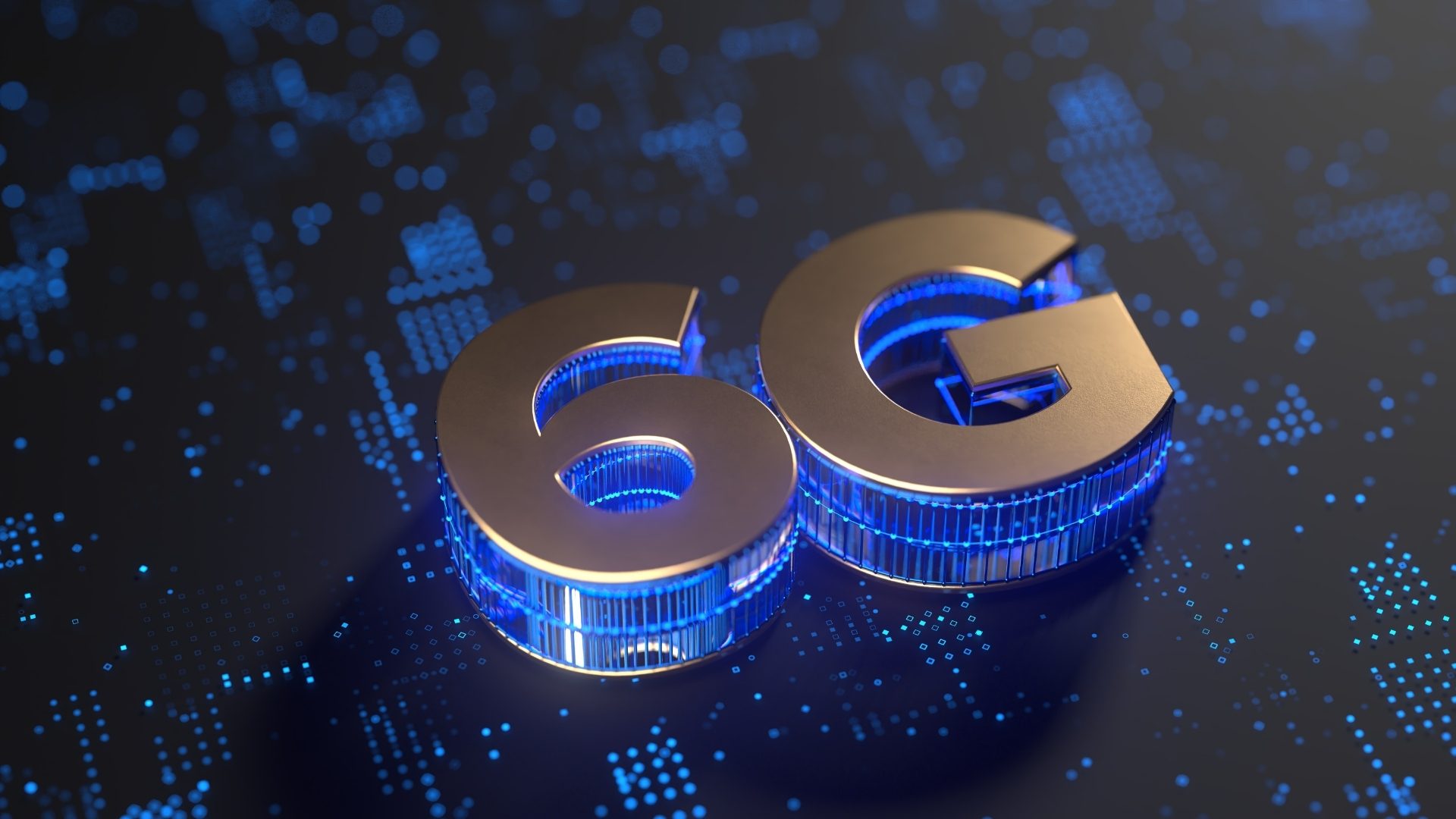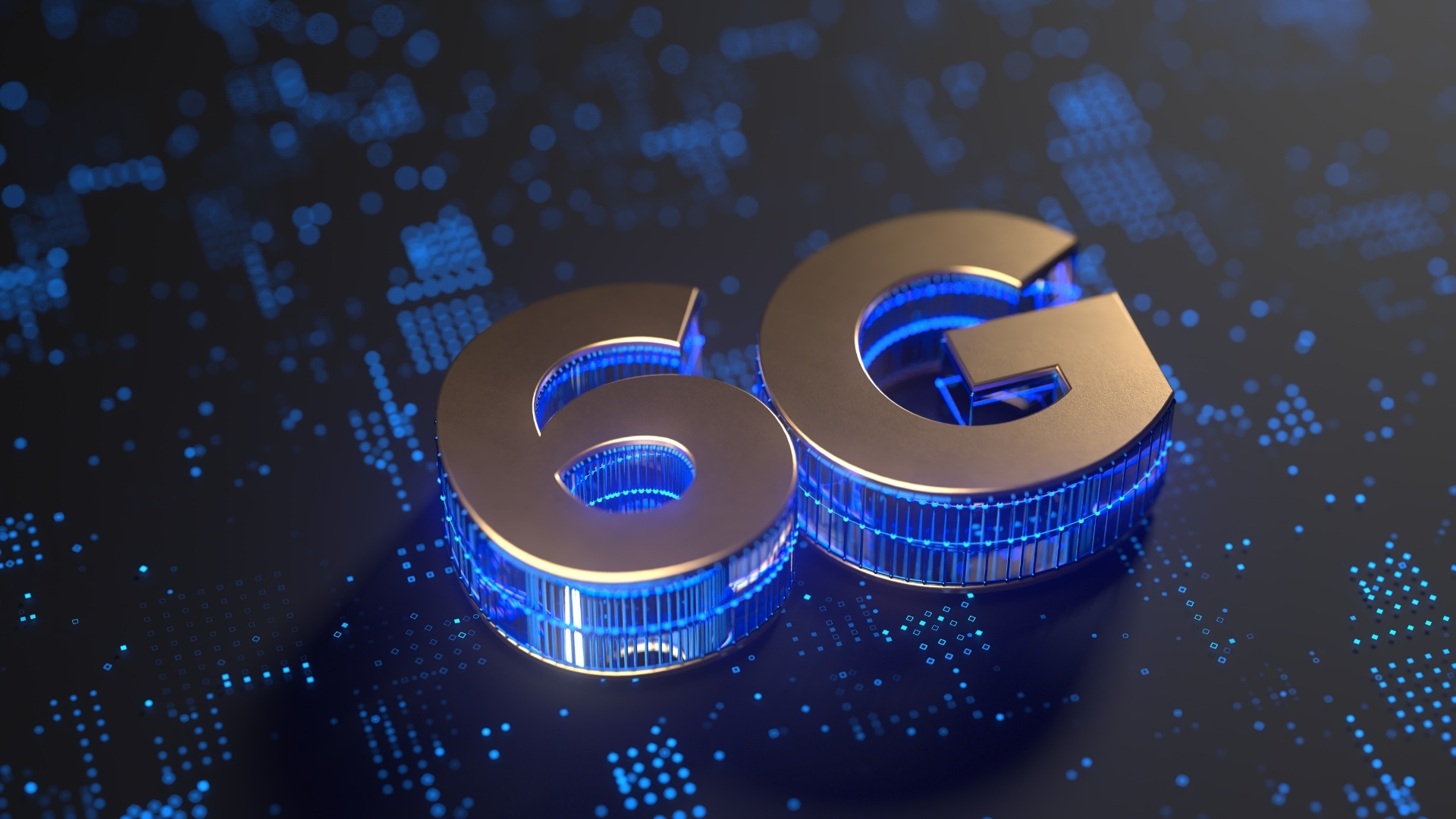Currently, 5G is the driving force behind our connectivity. It enables large-scale Internet of Things (IoT) and ultra-fast communication between machines. However, its true potential is only the starting point for the next revolution. While 5G focuses on optimizing mobile connectivity, 6G transcends the concept of mere broadband.
O seu propósito é ser a camada de infraestrutura que vai permitir a convergência de tecnologias de ponta, como a Inteligência Artificial (IA), a computação quântica e a realidade mista (XR), criando um ecossistema digital totalmente novo. Não se trata de uma evolução linear, mas sim de um salto tecnológico que irá redefinir a nossa interação com o mundo digital.
The Quantum Leap: The Technical Pillars of 6G
The impact of 6G lies in its technical specifications, which far exceed the limits of 5G.
Frequency Spectrum (Sub-THz): While 5G operates on sub-6 GHz frequencies and millimeter waves (mmWave), 6G will explore the sub-terahertz (THz) frequency spectrum. This higher spectrum not only enables theoretical speeds of 1 Tbps, but also massive bandwidth to accommodate the expected explosion of data generated by sensors, devices, and AI.
Microsecond Latency: Latency, the measure of network delay, will be reduced to the microsecond level. This breakthrough is critical for real-time digital twin applications, where a virtual replica of a physical system (such as a production line or a human body) needs to be updated instantly, enabling real-time remote operation without any noticeable delay.
Distributed Intelligence (AI-native): 6G will be the first generation of mobile networks designed for AI. AI algorithms will be incorporated into all layers of the network, from traffic management to energy consumption optimization. This will enable the creation of self-managing and self-optimizing networks that dynamically adjust to the needs of users and applications.
The Impact on Key Sectors: High-Impact Applications
The true relevance of 6G lies in its potential to drive innovation in industries that are currently limited by connectivity.
Health: The ability to instantly transmit large volumes of medical image data (such as 3D MRIs) will enable real-time remote surgery with feedback tactile feedback (haptic), and continuous monitoring of patients through wearable biossensores.
Industry 4.0: Ultra-low latency and the ability to connect millions of devices simultaneously will enable wireless industrial automation and the use of collaborative robots working in sync, with computing distributed across the network to optimize manufacturing processes.
Entertainment and Training: Mixed Reality (XR) and holograms in full-motion will become a reality. 6G will enable immersive experiences without the need for heavy processing devices, as most of the processing will be done in the cloud and transmitted with zero latency.
The Hidden Side of Innovation: Challenges and Concerns of 6G
While the promise of 6G is extraordinary, it is crucial to address the issues that its implementation raises. The massification of connectivity and the deep integration of AI bring with them ethical, social, and security challenges that society will have to face.
Privacy and Security: With the ubiquity of sensors and real-time data transmission, 6G could take surveillance to a whole new level. The enormous amount of personal data collected will require new and more robust security and privacy protocols to prevent its misuse by both private and government entities. Cybersecurity will become an even more critical pillar.
The Risk of a New “Digital Division”: 5G has already shown that infrastructure does not reach all places equally. The development and implementation of 6G networks, which are more complex and expensive, could deepen the “digital divide” between countries and between urban and rural areas. Ensuring that the benefits of 6G reach everyone is a global challenge.
Impact on the Labor Market: Automation, fueled by instant connectivity and AI, will transform many industries. While 6G will create new professions in areas such as cybersecurity, AI development, and network management, it may also lead to the replacement of manual and repetitive jobs. Reskilling and continuing education will be essential for the workforce of the future.
The Path to the Future: Challenges and the Next Frontier
6G is not just a leap forward in terms of speed. It is the foundation for a new digital architecture that will power AI and quantum computing, creating a universe where the digital and physical worlds merge seamlessly. However, its full potential can only be realized if the challenges it raises—from privacy to social equity—are addressed proactively.
6G represents a unique opportunity to build a digital ecosystem that is more efficient, intelligent, and interconnected than any other we know. Preparing for this reality, both in terms of infrastructure and the development of new applications, is crucial for companies that want to lead the next decade of technological innovation.
We are facing the next major revolution in connectivity. The question is not only whether 6G will arrive, but how we will shape it to ensure that its benefits reach everyone, building a more secure and inclusive digital future. Technology is advancing at an unprecedented speed, and preparing for this future is a strategic imperative for any company or industry that wants to remain relevant.





